In a world saturated with mass-produced items, the value of personalized gifts has gained immense significance. Among the most cherished handcrafted creations are custom knives, which not only serve as practical tools but also represent a unique blend of artistry and utility. In this article, we will delve into the intricate world of custom knife making, exploring its historical significance, the techniques involved, and why a personalized knife can be the perfect gift for any occasion.
The Rich History of Knife Making
Knife making is an ancient craft that dates back to prehistoric times. Early humans used primitive tools for hunting and gathering, evolving over the millennia into the refined blades we see today. The craft of knife making has deep roots in various cultures, from Japanese samurai sword-making to the functional and rugged styles favored by outdoorsmen in America. Each culture has its unique approach to knife design, utility, and symbolism.
A Cultural Perspective
Understanding the historical context of knife making can deepen appreciation for this craft. For instance, in Japan, the creation of a samurai sword, or katana, is steeped in spiritual significance. Each blade, crafted by a skilled artisan, reflects not only technical prowess but also the cultural heritage of the community. Similarly, American knife makers often draw inspiration from the wilderness, incorporating elements that speak to survival and adventure.
Modern-Day Custom Knife Makers
Today, custom knife makers combine traditional techniques with modern technology and materials, resulting in unique pieces that cater to individual preferences. Many artisans choose to specialize in personalized gifts, allowing customers to engrave names, dates, or special messages on their knives. This aspect of knife making not only adds sentimental value but also creates one-of-a-kind creations that are perfect for gifting.
The Process of Custom Knife Making
Creating a custom knife is a multi-step process that requires careful planning and execution. Here, we will take a look at the steps involved in crafting a custom knife.
1. Design and Conceptualization
Every great knife begins with a solid design. This is where the maker collaborates with the customer to envision the final product. Factors to consider include the knife's purpose (e.g., chef's knife, hunting knife, or tactical knife), the materials used, and any specific design features that reflect the buyer's personality.
2. Selecting Materials
The choice of materials significantly impacts the knife's durability and functionality. Common choices include high-carbon steel for the blade, which offers excellent sharpness and edge retention, and various types of wood or synthetic materials for the handle. Some makers also incorporate unique materials, like stabilized wood or resin, to provide a distinctive touch.
3. Shaping the Blade
Once the design is finalized, the craftsman begins shaping the blade. This process involves forging or stock removal, where the blade is either heated and shaped or cut from a larger piece of steel. Each method has its unique advantages, but both require precision and skill.
4. Heat Treatment
After the blade is shaped, it undergoes heat treatment. This vital process enhances hardness and durability, allowing the knife to withstand everyday use. Proper heat treatment ensures that the blade can maintain its edge while resisting corrosion.
5. Handle Construction
The handle is where personalization often shines. Custom knife makers can create handles that fit the user’s hand perfectly while allowing for specific design requests. This can include texture, color, or engraving to transform the knife into a personalized gift.
6. Final Assembly and Finishing Touches
Once the blade and handle are complete, assembly begins. This can involve attaching the blade to the handle firmly and ensuring that all parts fit seamlessly. Finally, the knife undergoes polishing and finishing to achieve an appealing appearance, enhancing its aesthetic and functionality.
Why Custom Knives Make the Best Personalized Gifts
Custom knives hold a unique place in the realm of personalized gifts. Here are several reasons why they make standout presents:
Unique and Memorable
A custom knife is unlike anything available in a store. Each knife is crafted with meticulous attention to detail, reflecting the recipient's personality and preferences. Whether it’s for a birthday, graduation, wedding, or holiday, a custom knife offers a memorable alternative to conventional gifts.
Practical and Functional
In addition to being attractive, custom knives are practical tools that can be used in everyday scenarios. Whether in the kitchen, on the trail, or during camping adventures, a personalized knife serves a functional purpose while also carrying sentimental value.
Sentimental Value
Engraving a special message, name, or date on a knife transforms it into a cherished keepsake. Personalized gifts resonate on a deeper emotional level, making them perfect for commemorating significant life events or relationships.
A Lasting Legacy
Unlike most gifts that may fade over time, a well-crafted custom knife is designed to last for generations. Many handcrafted knives can become heirlooms, passed down from one generation to the next, each carrying a story with it.
Getting Started with Custom Knife Making
If you're intrigued by the world of custom knife making and wish to explore this rewarding craft yourself, there are several paths you can take. Here are some steps to get you started:
1. Research and Education
Begin by immersing yourself in literature and online resources about knife making. Books, forums, and videos can provide valuable insights into the tools, techniques, and designs that comprise the craft.
2. Invest in Tools and Materials
Like any craft, knife making requires specific tools. Start with the basics, such as a forge, anvil, hammers, files, and safety gear. As your skills develop, you can invest in more specialized tools. Don’t forget to source high-quality materials, particularly steel and handle materials.
3. Take a Class or Workshop
Enroll in a knife-making workshop or class. Learning from experienced craftsmen can provide practical skills and insider tips that are invaluable for beginners. Many communities have blacksmithing or knife-making schools that offer hands-on training.
4. Practice, Practice, Practice
As with any skill, practice is essential to becoming proficient. Start with simple designs and gradually work your way up to more complex projects. Each knife you create will teach you something new, refining your abilities and style.
Meet the Community of Knifemakers
One of the most rewarding aspects of custom knife making is the community of artisans that you can connect with. Whether online or in local guilds, many passionate makers love sharing their knowledge and experiences. Engaging with fellow knife makers can inspire creativity and foster collaboration on future projects.
Online Communities
Join forums, social media groups, or online platforms dedicated to knife making. These communities are excellent places for gaining insights, seeking advice, and showcasing your creations for feedback.
Local Meetups and Shows
Visit local knife shows or maker fairs to connect with other knifemakers. Not only can you find inspiration for your own work, but you can also learn about industry trends and innovations in materials and design.
Extra Tips for Enhancing Your Custom Knives
As you dive deeper into custom knife making, consider these additional tips to enhance your creations:
Focus on Ergonomics
A well-designed knife should feel comfortable in the hand. Pay close attention to the handle's shape and size to ensure it fits the intended user's grip. Ergonomic designs can enhance the knife's usability, making it even more appealing as a personalized gift.
Experiment with Blades
Try out different blade shapes and styles. Each style serves distinct purposes; for example, a drop point blade is ideal for versatility, while a tanto blade offers increased piercing capability. Variety can add an exciting dimension to your custom creations.
Consider Finish Options
The blade's finish contributes to its overall appearance and function. Experiment with different finishes, such as satin, mirror-polished, or stonewashed, to achieve varied aesthetics and performance characteristics.
Engage with Your Customers
If you plan to sell your custom knives, engaging with your customers is key. Ask for feedback, listen to their needs, and tailor your offerings accordingly. Understanding your audience can guide you in creating knives that resonate with their desires, ultimately leading to more personalized gifts being well received.
Crafting Memories One Knife at a Time
The art of custom knife making transcends mere function; it embodies tradition, innovation, and a personal touch that resonates deeply for both creators and recipients. By embracing this craft, not only can one create beautiful and functional knives, but they also facilitate connections through unparalleled personalized gifts. Whether you are an artisan looking to delve into the world of knife making or someone seeking a meaningful gift, remember that every custom knife has a story waiting to be told. Embrace the journey, and you'll find that the art of custom knife making not only sharpens skills but also sharpens the bonds we share through thoughtfully crafted pieces.








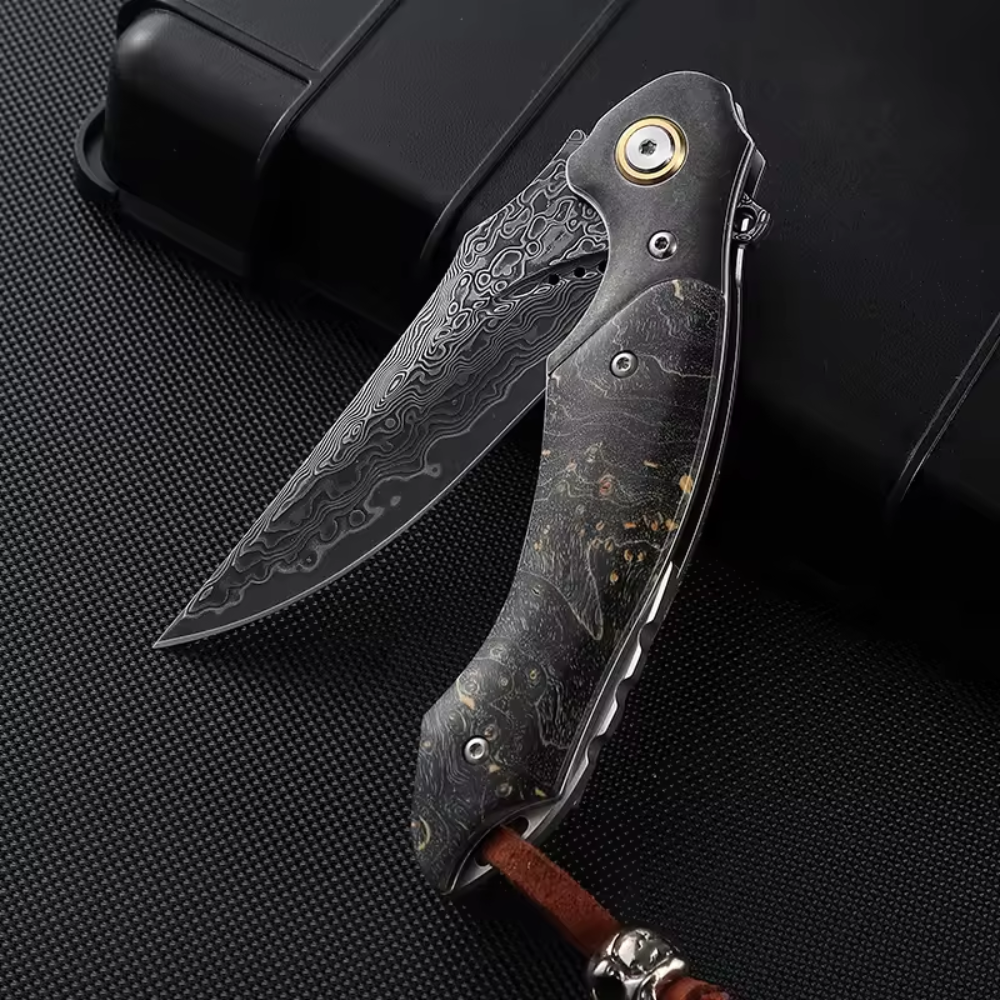
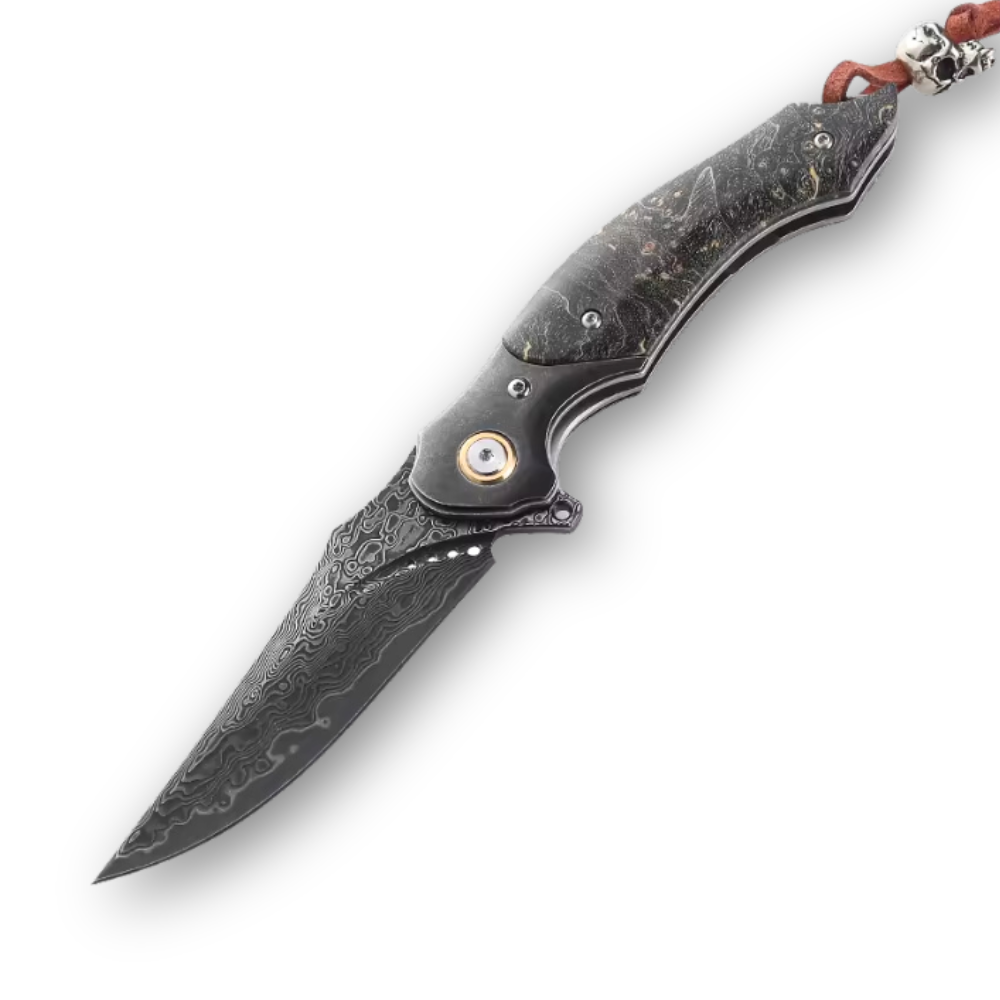
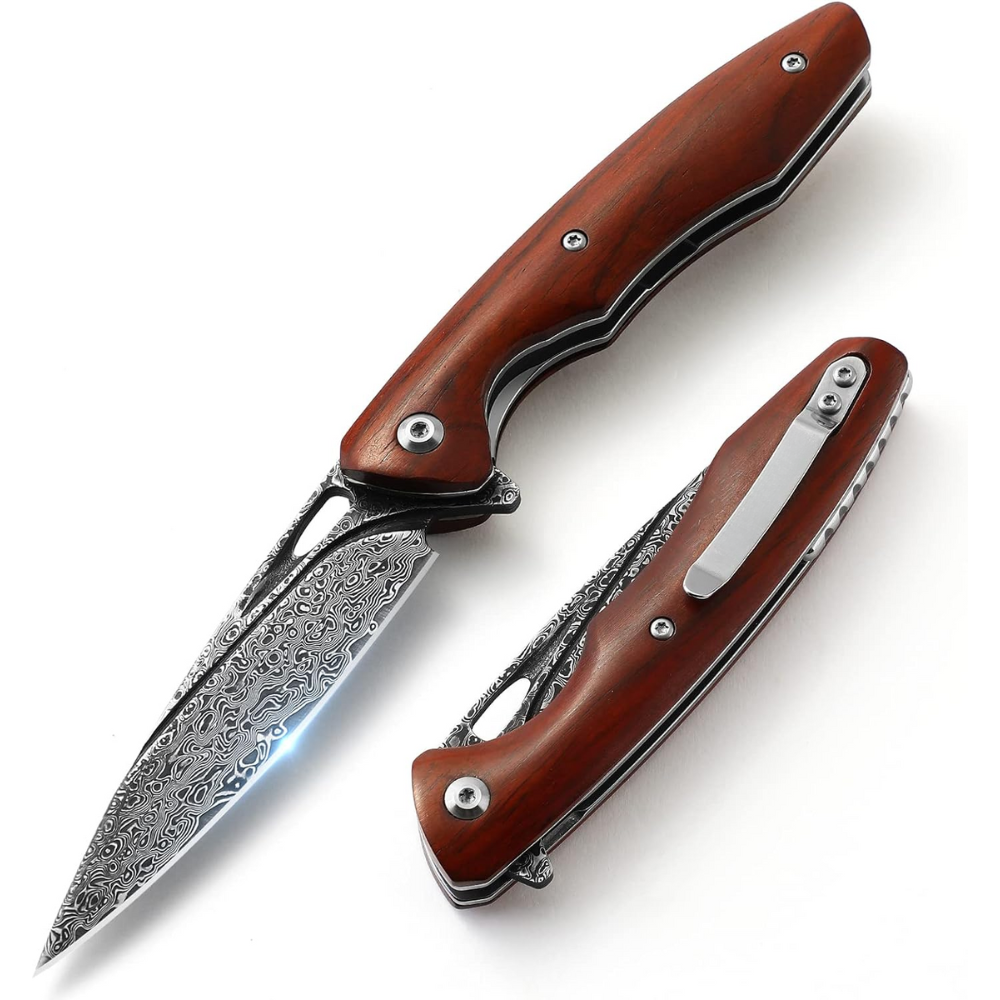
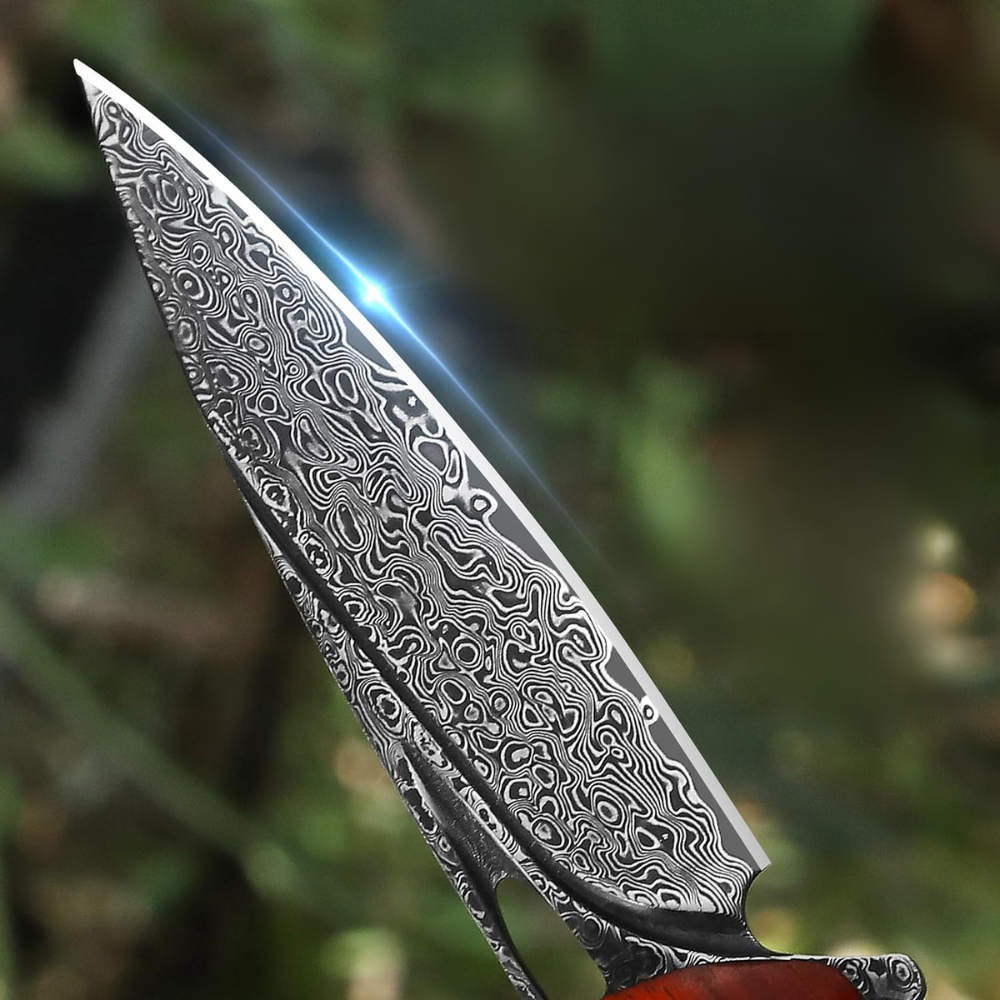








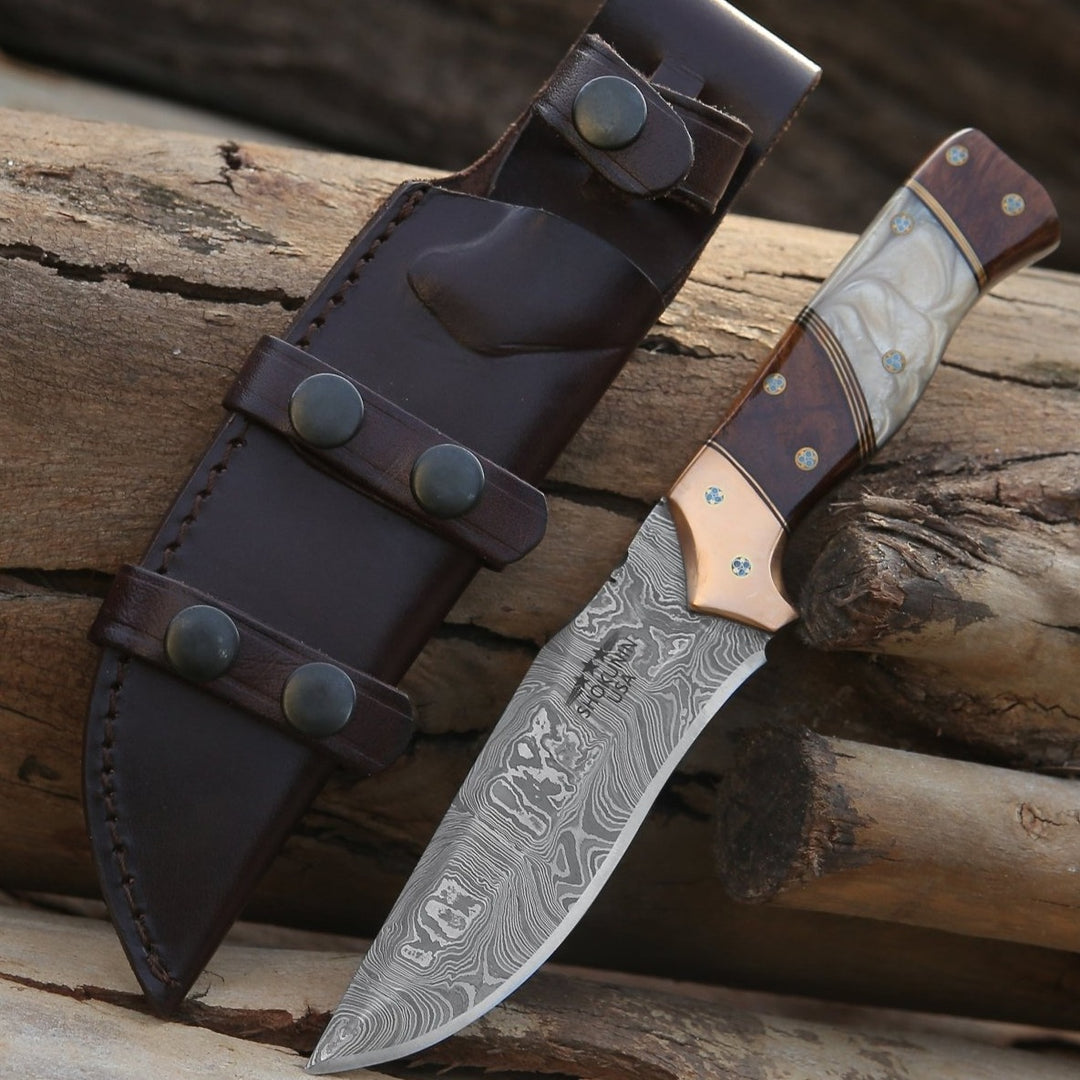
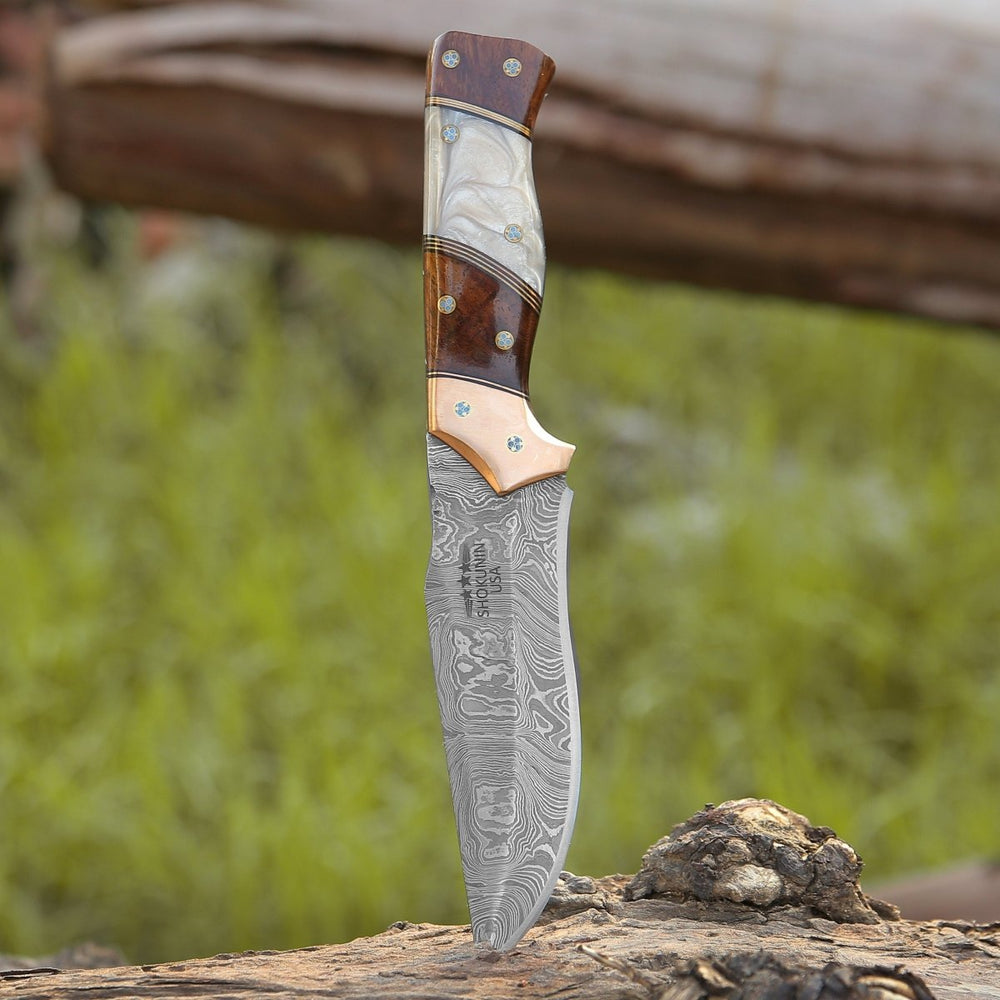


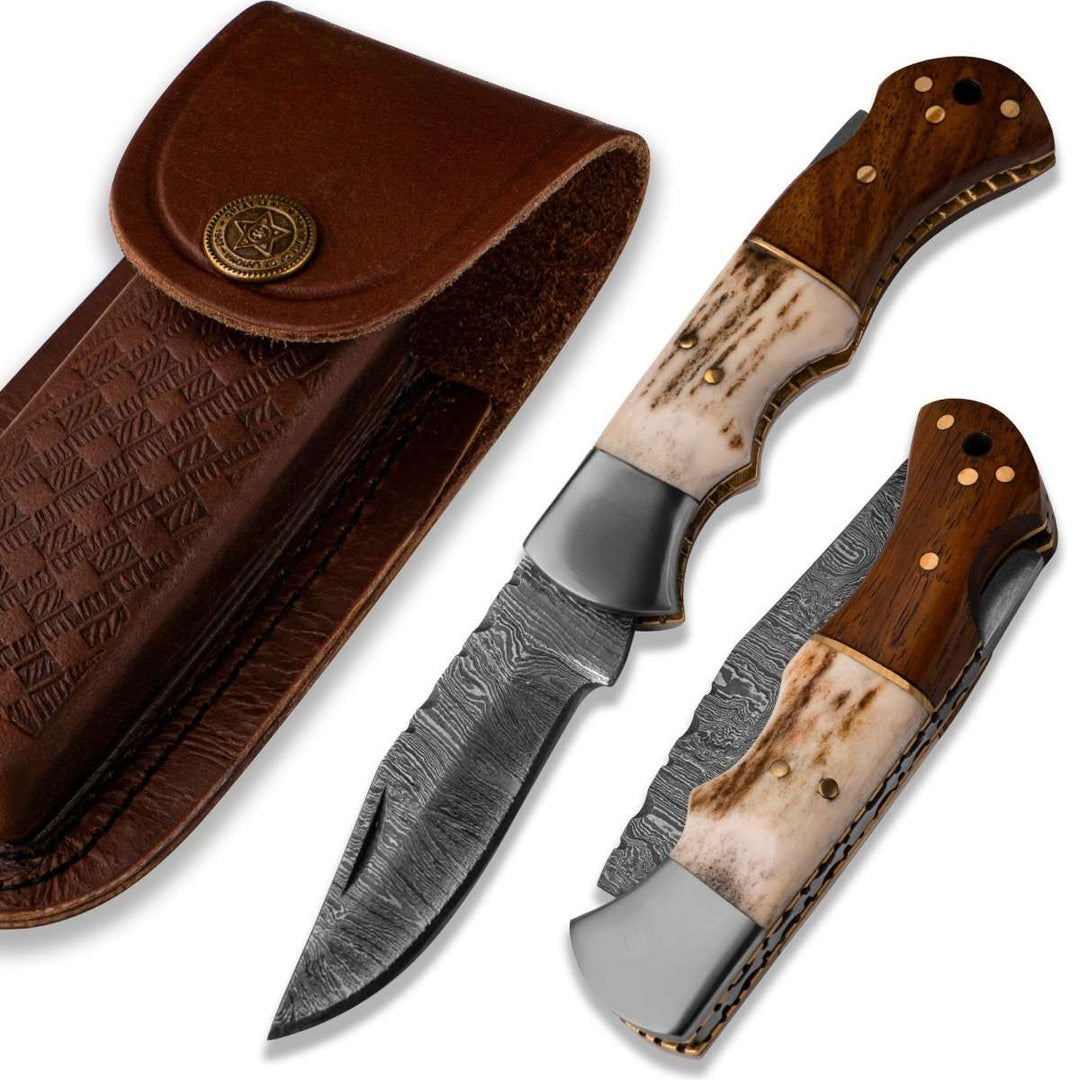
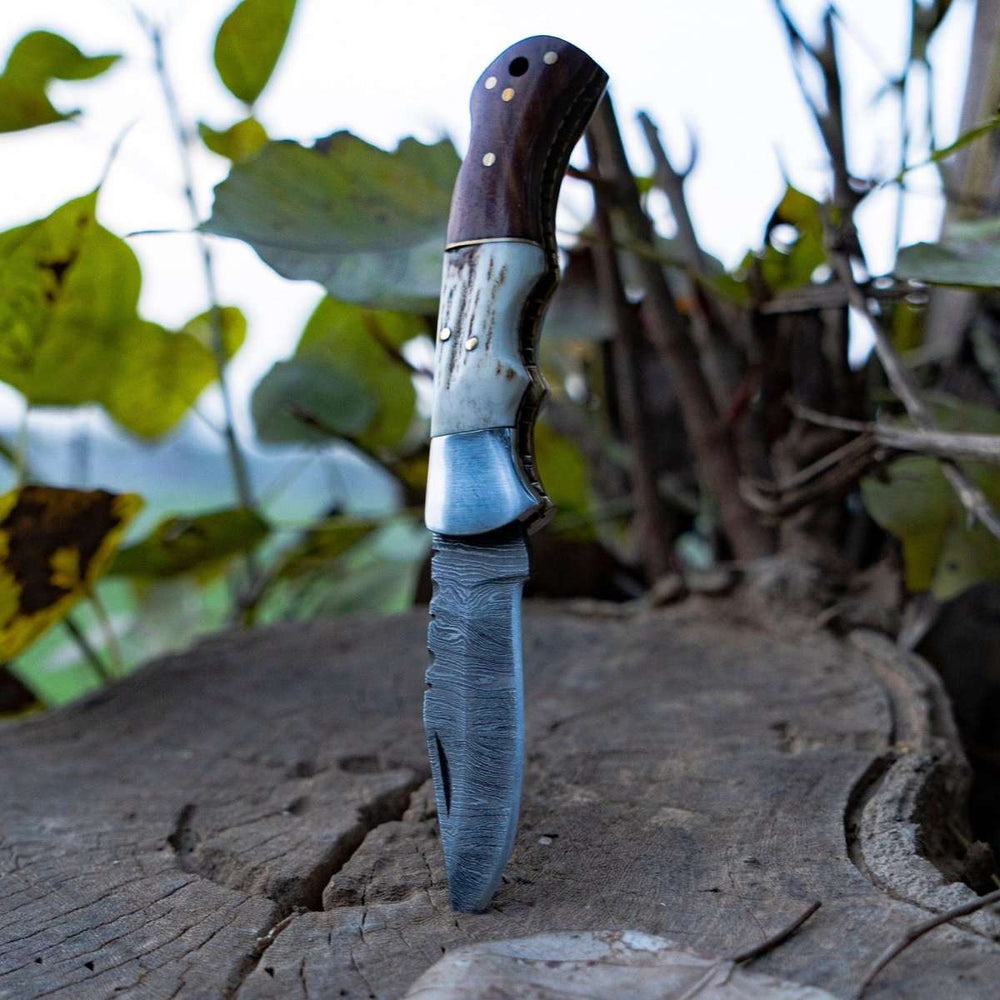




Dejar un comentario